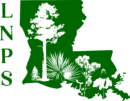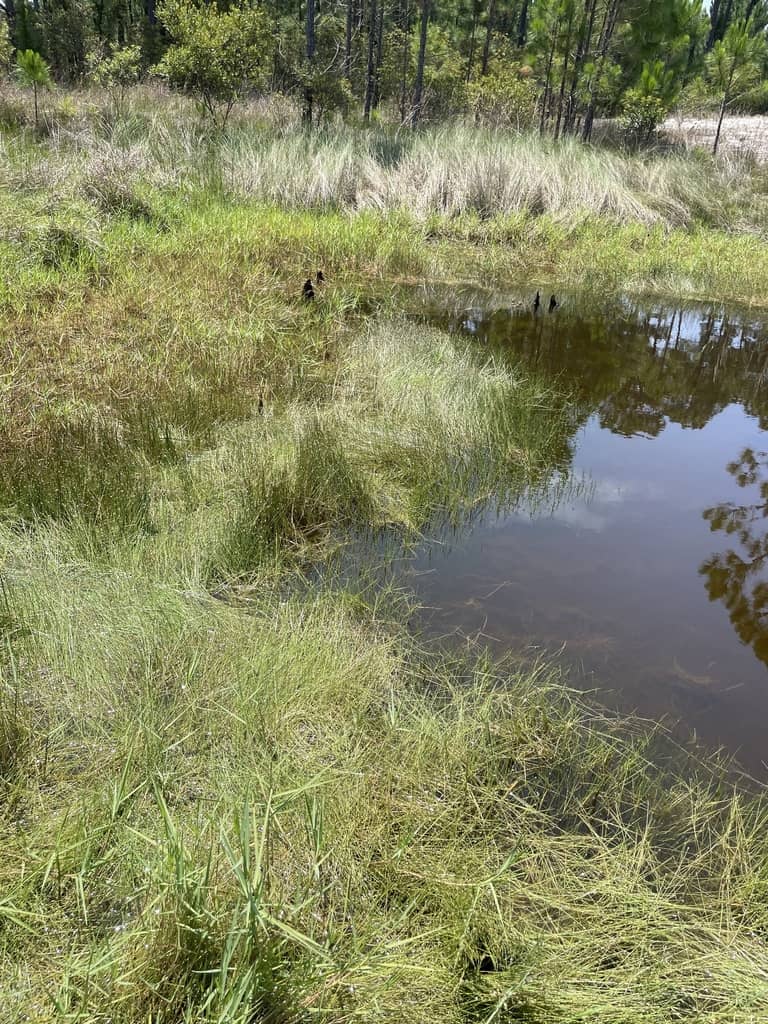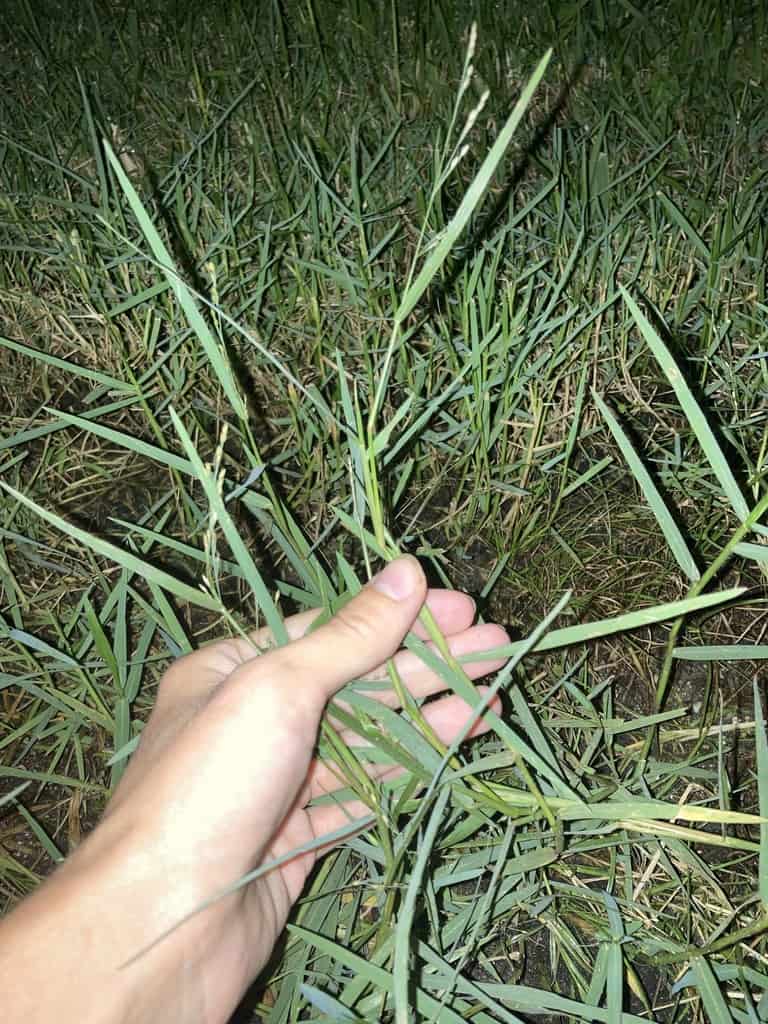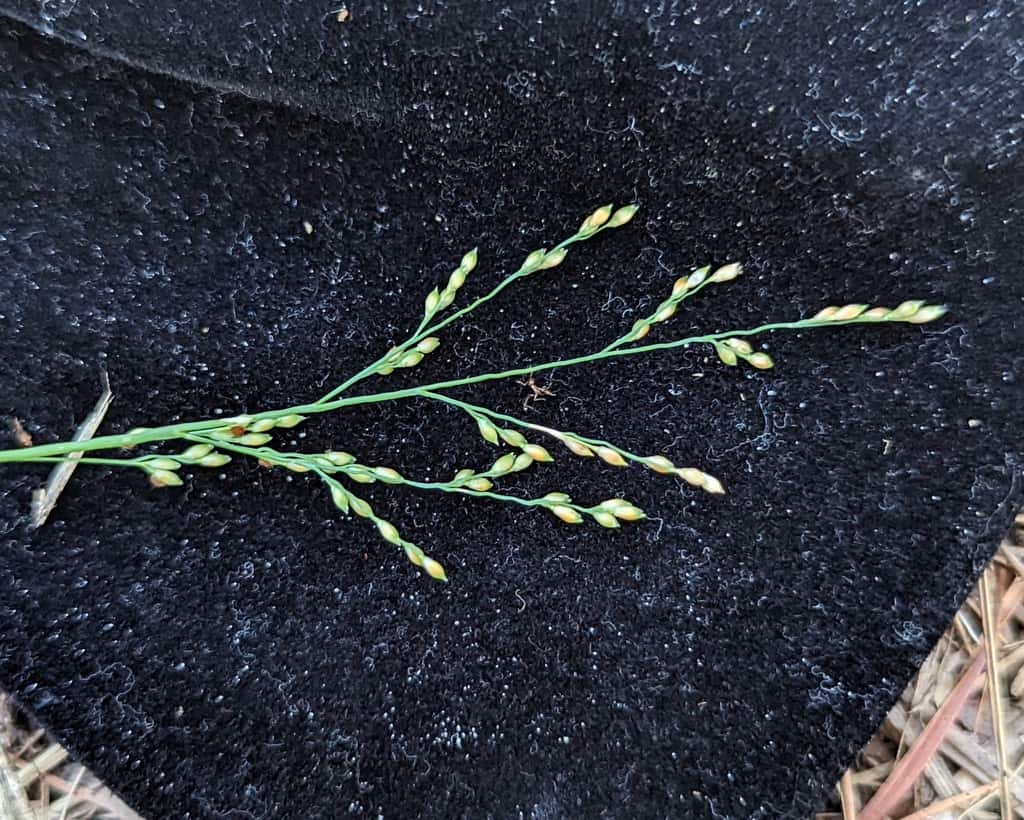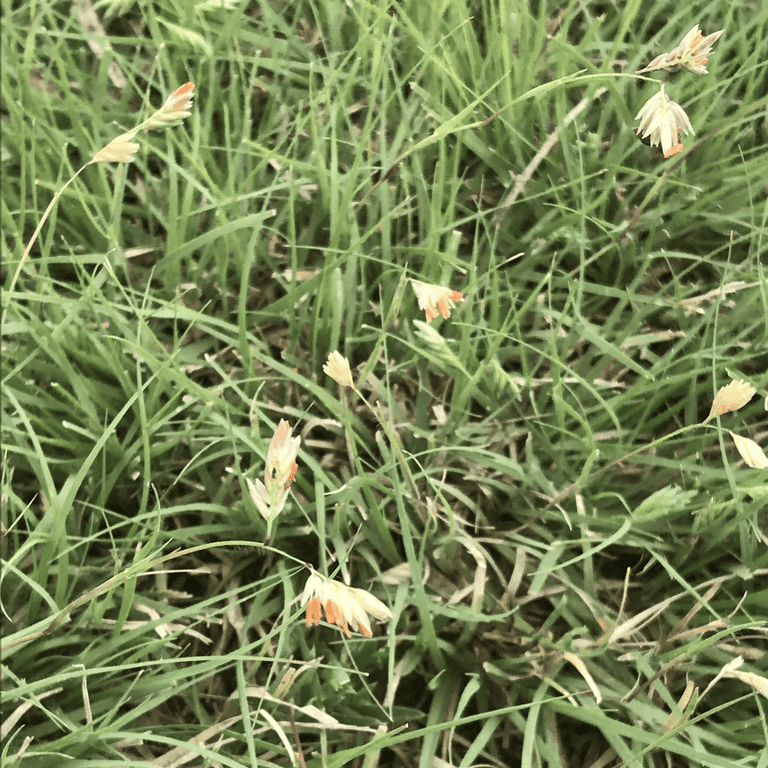Torpedo Grass Panicum repens is native to tropical and subtropical regions of Europe, Asia, and Africa. It was introduced into the U.S. before 1876 in seed used for forage crops. The U.S. Department of Agriculture imported and distributed Torpedo Grass seeds in the 1900s for cattle forage. It is classified by the Louisiana Department of Wildlife and Fisheries as a Tier I invasive species defined as “currently causing severe or widespread negative impacts on wildlife or natural communities in Louisiana”.
This grass, which is similar to Bermudagrass in form and appearance, but taller, primarily impacts natural coastal habitats in south Louisiana such as barrier islands, coastal dunes, sandbars, and emerging river deltas as well as lake and pond shorelines. It is also a pest in cultivated and abandoned fields, gardens, and lawns.
Torpedo Grass forms dense stands that spread rapidly by creeping rhizomes and stolons, capable of growing out into shallow water. This species can also be spread by boats, mowers, and other machinery that transport stem fragments to new areas where these fragments grow into new plants. Torpedo Grass is not a landscaping plant and not sold in the trade.
Landscape With These Native Plants Instead:
